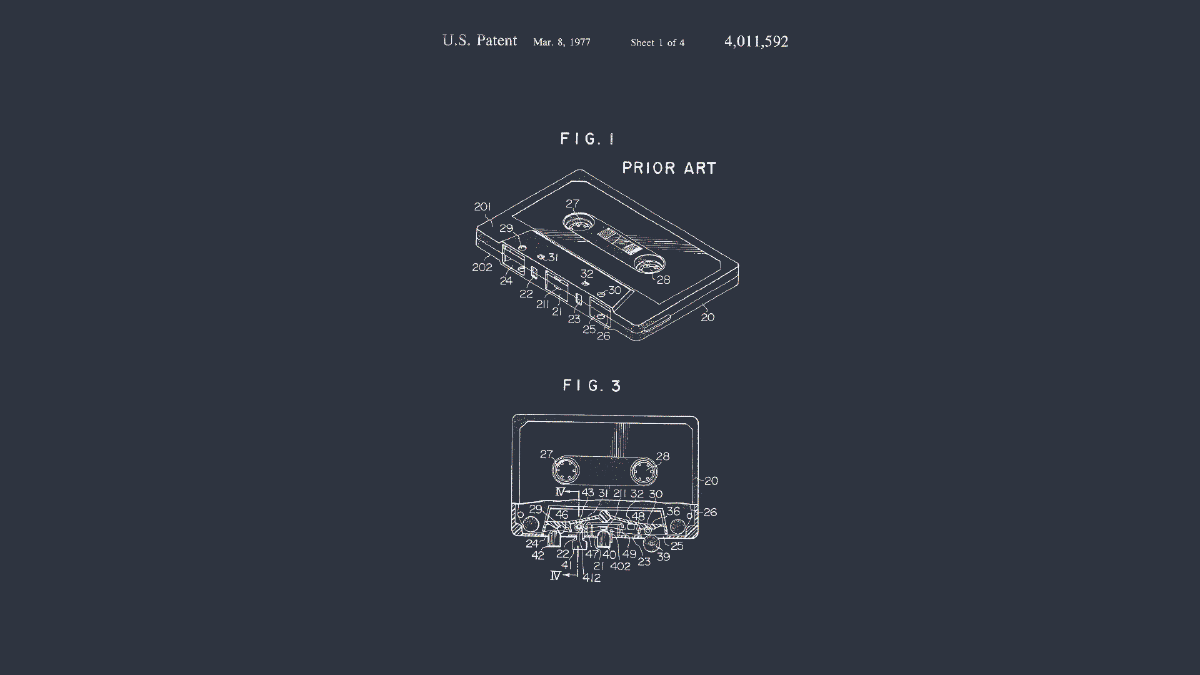Introduction#
In the realm of digital image processing, dithering algorithms play a crucial role in reducing the color palette of an image while maintaining visual quality. These algorithms distribute quantization errors across neighboring pixels, resulting in visually pleasing images with fewer colors. In this blog post, we’ll delve into the implementation of two popular dithering algorithms, Floyd-Steinberg and Atkinson, using the power of Numba for performance optimization.
Understanding Dithering Algorithms#
Before we delve into the code, let’s briefly understand the two dithering algorithms we’ll be exploring:
- Floyd-Steinberg Dithering:
- Developed by Robert W. Floyd and Louis Steinberg in 1976.
- Distributes quantization errors to neighboring pixels in a specific pattern.
- Produces sharp images with noticeable noise.
- Atkinson Dithering:
- Developed by Bill Atkinson in 1982.
- Similar to Floyd-Steinberg but distributes errors differently.
- Produces smoother images with less visible noise.
Implementation with Numba#
Now, let’s see how we can implement these dithering algorithms efficiently using Numba, a Just-In-Time compiler for Python code.
@numba.jit("f4[:,:,:](f4[:,:,:])", nopython=True, nogil=True)
def floyd_steinberg(image):
Lx, Ly, Lc = image.shape
for j in range(Ly):
for i in range(Lx):
for c in range(Lc):
rounded = round(image[i,j,c])
err = image[i,j,c] - rounded
image[i,j,c] = rounded
if i<Lx-1:
image[i+1,j,c] += (7/16)*err
if j<Ly-1:
image[i,j+1,c] += (5/16)*err
if i>0:
image[i-1,j+1,c] += (1/16)*err
if i<Lx-1:
image[i+1,j+1,c] += (3/16)*err
return image
@numba.jit("f4[:,:,:](f4[:,:,:])", nopython=True, nogil=True)
def atkinson(image):
frac = 8
Lx, Ly, Lc = image.shape
for j in range(Ly):
for i in range(Lx):
for c in range(Lc):
rounded = round(image[i,j,c])
err = image[i,j,c] - rounded
image[i,j,c] = rounded
if i<Lx-1:
image[i+1,j,c] += err / frac
if i<Lx-2:
image[i+2,j,c] += err /frac
if j<Ly-1:
image[i,j+1,c] += err / frac
if i>0:
image[i-1,j+1,c] += err / frac
if i<Lx-1:
image[i+1,j+1,c] += err / frac
if j<Ly-2:
image[i,j+2,c] += err / frac
return image
Explanation of the Code#
- We utilize NumPy for numerical operations, PIL (Python Imaging Library) for image loading and saving, and Numba for JIT compilation to enhance performance.
- Both Floyd-Steinberg and Atkinson algorithms are implemented as Numba-jitted functions.
- The algorithms iterate through each pixel of the image, applying error diffusion to distribute quantization errors.
- Finally, the processed images are saved to disk.
Results & Conclusion#
By applying Floyd-Steinberg and Atkinson dithering algorithms to an input image, we’ve successfully reduced its color palette while preserving visual quality. The utilization of Numba for performance optimization ensures efficient processing, making these algorithms suitable for large-scale image manipulation tasks.
Experimentation with different images and tweaking parameters can yield varying results, allowing for customization based on specific requirements. Dithering algorithms continue to be relevant in various applications, including digital art, printing, and image compression.
In conclusion, by exploring dithering algorithms such as Floyd-Steinberg and Atkinson and leveraging the power of Numba for implementation, we’ve gained insights into enhancing image processing tasks with efficient and optimized code.


